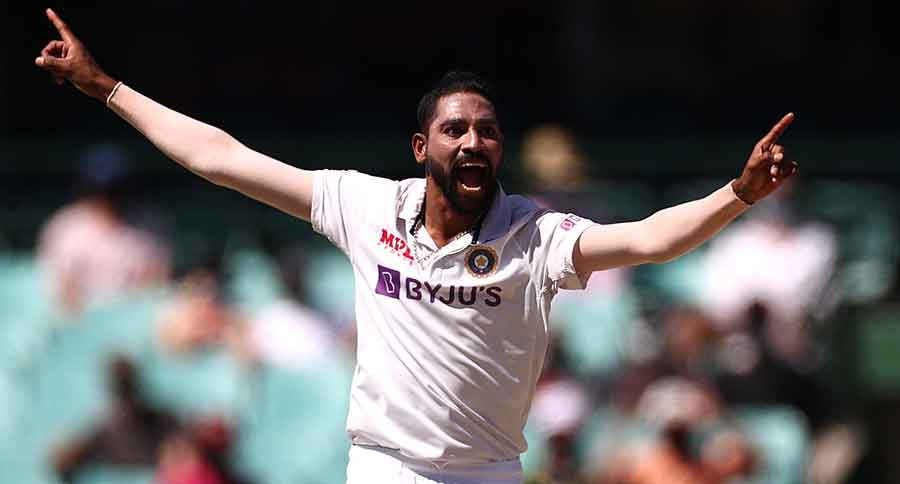The anatomy of abuse is bewilderingly simple and the same, on field and off it. It all boils down to a deep suspicion of any kind of difference, which inevitably erupts when The Different threatens the supremacy of The (Perceived) Regular. The first recorded cricket match in Australia was possibly played in Adelaide in 1854. Aborigines of the Poonindie mission vs Students of the Collegiate School of St. Peter. Poonindie is a small township in south Australia. In the aboriginal settlement at Coranderrk, northeast of Melbourne, they played cricket. In the 1870s, when British naturalist H.N. Moseley paid a visit, he remarked that the aboriginals were “incorrigibly lazy” but he said of the “cricket party” --- "The men were all dressed as Europeans: they knew all about Mr W.G. Grace and the All-England Eleven.” And in the paper Racism and Sport in Australia, Colin Tatz writes that the players of New Norcia Mission in Western Australia were nicknamed “the Invincibles” though coached only by a local grazier.
Nearly white
Unlike Poonindie, Coranderrk, New Norcia Mission, merchant Daniel Matthews, who managed the Cummeragunja reserve on the Victorian border, did not encourage the aboriginals there to play cricket. His biographer wrote he was aware that prowess in the sport was turning out to be their passport to the white man’s world, “even to the white man’s respect and friendship” and he couldn’t have that happen. In 1865, Harry Bullocky and Johnny Cuzens became the first aboriginals to play inter-colonial cricket, notes Jon Gemmell in his paper All White Mate? Cricket and Race in Oz. They had represented Victoria against Tasmania. Aboriginal players were also the first Australians to tour England in 1868. One of them, all-rounder Johnny Mullagh, was known as the “black W.G. of the team”. He played over 40 matches in England. The aboriginal cricketers of Deebing Creek Reserve won a major trophy in 1895 and then played the National Cricket Union in Brisbane.
It happened in Gabba
This is how achievements of aboriginal cricketers were reported in the press. The South Australian Register in 1854: “Charlie and the two Sams (aboriginal cricketers) are not ignorant of the usages of society: they handled their knives, their forks and their spoons in a way which would do no discredit to men of a superior race!” The Australasian wrote in 1866: “It has been proved that the black fellow has an extraordinary readiness for picking up knowledge of the game, however deficient he may be in other respects.” And when Eddie Gilbert was selected for Queensland, the Brisbane Daily Mail wrote that he may be a black man, but he was different from the rest. Historians note that in a match between the Ginninderra Station and the Duntroon Station in 1861, the Duntroon captain objected to aboriginal player Bobby Hamilton opening the batting with white man William Davis. And when the great Mullagh travelled with the Harrow team to Apsley, the captain suggested that he eat in the kitchen instead of the dining room. Fast bowler Gilbert faced so much racism on field that Gemmell says this isolation affected his game --- “he bowled at the stumps because so many catches were dropped”. One November in 1931, in Gabba, Don Bradman faced five deliveries from Gilbert. Bradman was with the New South Wales team and Gilbert with Queensland. On the fifth delivery Bradman got out. In his 1991 PhD thesis, Thom Blake wrote, “Probably no single ball bowled in the history of cricket has had as important socio-cultural ramifications.”
Dear Siraj, it has always been about black and white, but never quite black and white. Be well.











